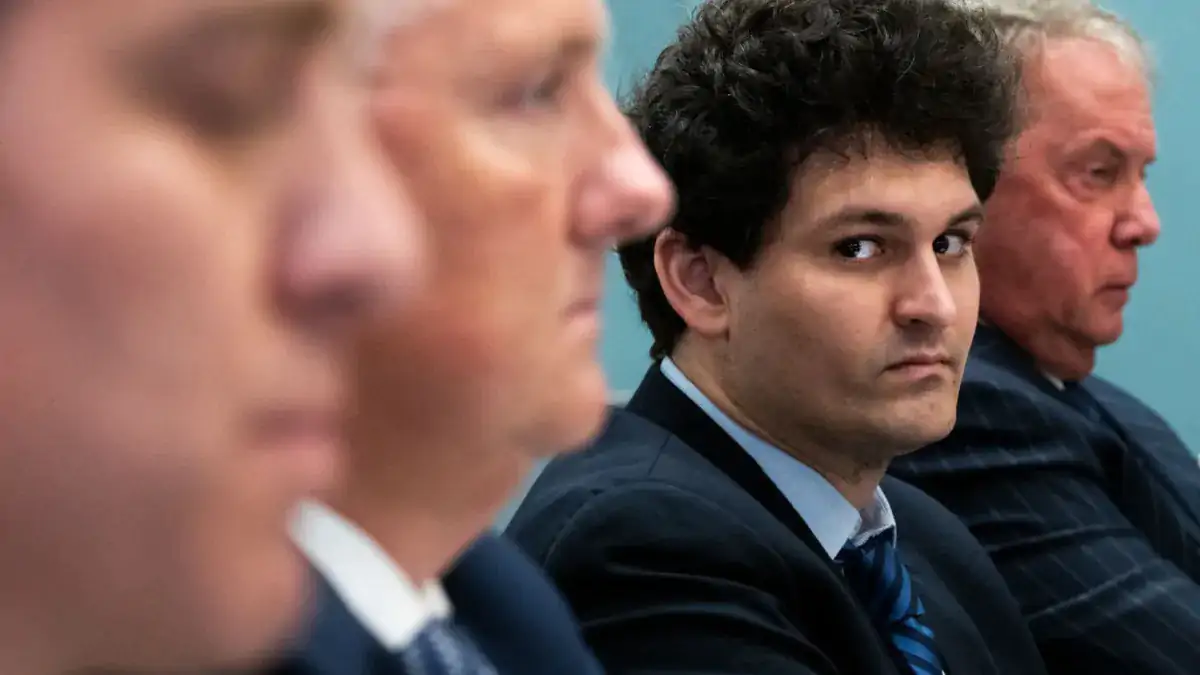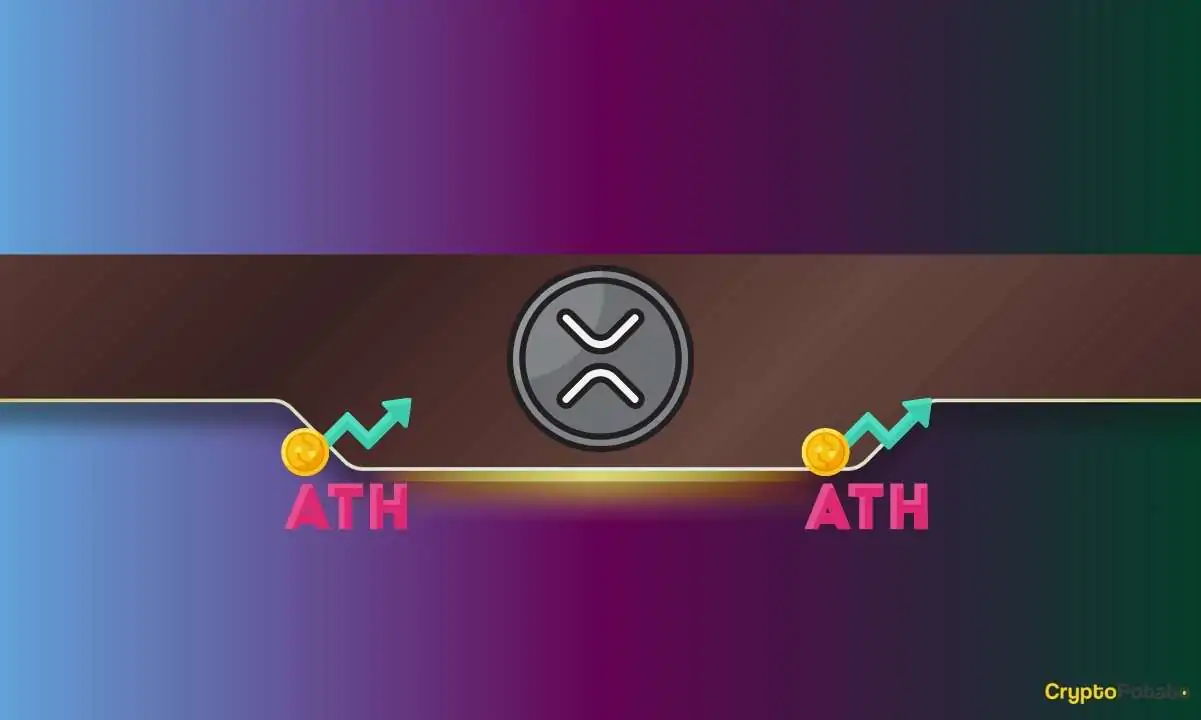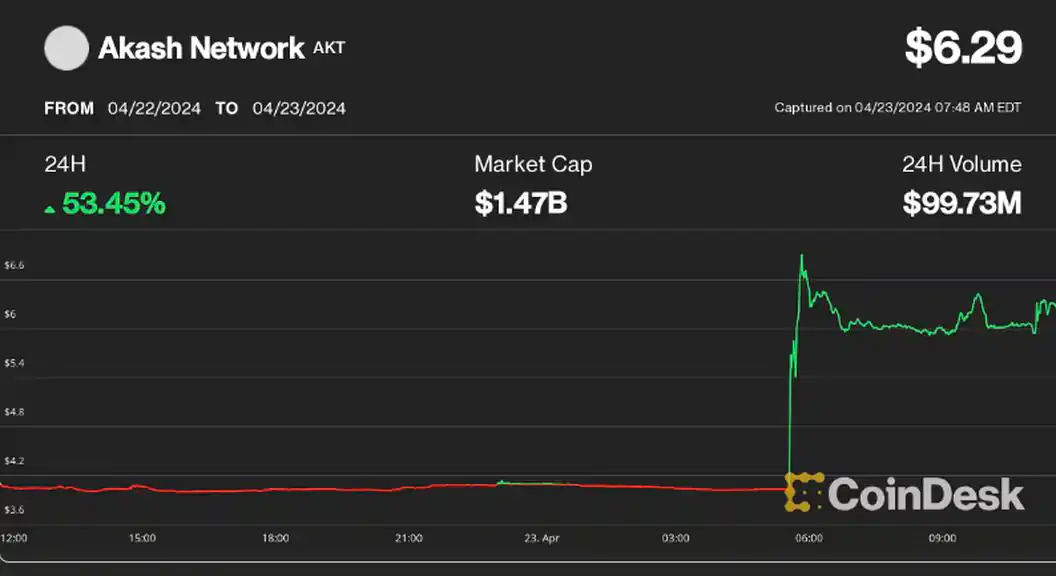Sam Bankman-Fried owned Alameda Research, a hedge fund heavily invested in FTX. In move to make sure the hedge fund assets were never sold off, when FTX began to have issues, an engineer secretly changed software code in the FTX system. The software would have sold off all Alameda Research assets, just like any other companies that were owned, in the case of FTX filing for bankruptcy.
The complaint and background were first reported in Rueters
The FTX exchange code was tweaked in the Mid 2020s, to make sure Alameda Research was protected from an automatic sell off of assets, if the hedge fund was losing to much borrowed money.
The move allowed allowed Sam Bankman-Fried to use client money, placed with Alameda Research, for the purchase of non-disclosed venture investments, political donations, and luxury items, like real estate and vehicles.
In essence Alameda could burrow unlimited funds from FTX without the need to value a collateral for securing the loan. This tweak was the deciding factor when Bankman-Fried was charged with multiple counts of fraud on Tuesday.
The Securities and Exchange Commission became aware of the tweak, which was initiated by Nishad Singh, a lead engineer at FTX, who emphasized in a comment within the code, that company software engineers need to be "extra careful not to liquidate." The comment revealed he had been party to the authorship of the tweak.
That comment made sure that everyone be aware that FTX should never sell Alameda's position. This allowed the burrowing to continue even during a heavy downturn.
In a statement the SEC said that tweak gave Alameda a practically unlimited line of credit. In addition to this the customer accounts at FTX were providing the money, not FTX reserves, which meant billions in loaned funds were being secretly lent to Alameda from customer deposits.
The complaints that were filed against Bankman-Fried show how he had been using customer fund and spending billions on himself. Almost no one knew of this fraud, not customers, investors or employees. This was billions more than FTX was making.
There was two ways that Bankman-Fried diverted funds. The first was that the exemption from auto-liquidation tweak in the software code allowed Alameda to constantly increase its line of credit. This eventually grew to tens of billions of dollars becoming in effect limitless.
The second way the disgraced CEO diverted funds was through the $8 billion in traditional money that was sent to secret Alameda controlled bank accounts. This meant Alameda had no liability because the accounts were never listed on the FTX exchange.
Bankman-Fried had been instrumental in growing FTX into one of the largest crypto exchanges in the world. With that tenet came a claim from him that the consumer protection was his highest priority.
He made that very statement to US Congress on May 12, when he called FTX software, "safe, tested and conservative."
“By quickly unwinding the riskiest, most undercollateralized positions, the risk engine prevents build-up of credit risk that could otherwise cascade beyond the platform, resulting in contagion,” Bankman-Fried testified.
In other words, he was saying no matter how much money they made, the risk of overspending would never become greater than value of the exchange.
In light of recent events, it would seem, the SEC definitely saw Bankman-Fried making sure the risk outweighed the credits in all his transactions.




 BlocksInform
BlocksInform










